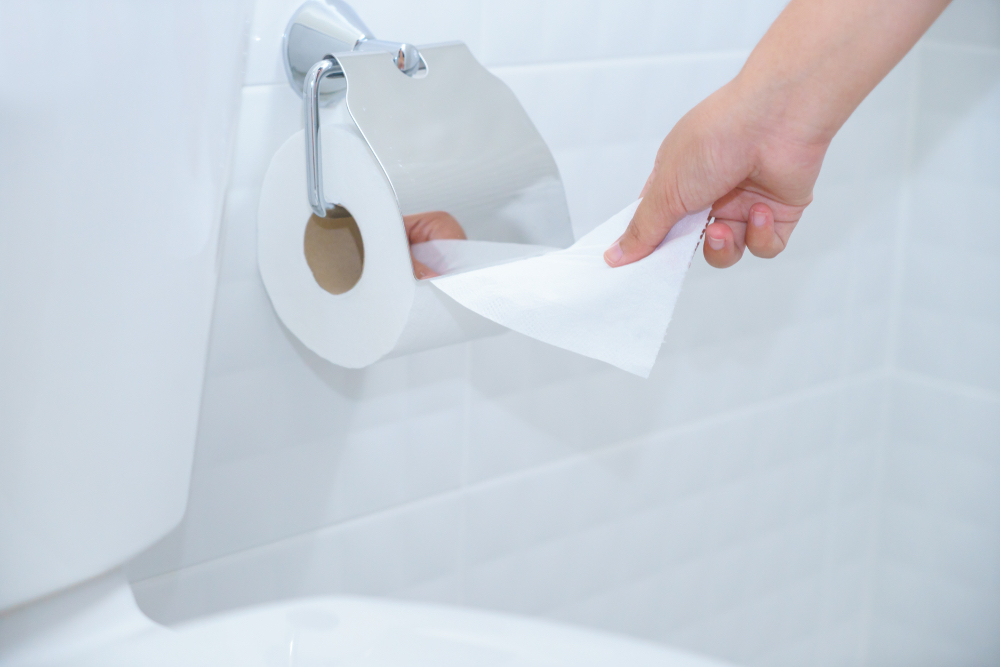
Uniquely female experiences, like pregnancy, childbirth and menopause, contribute to this very common problem.
Few things are more uncomfortable than having to use the bathroom when there’s not a bathroom in sight. And that’s especially so for people with urinary incontinence, an inconvenient and sometimes awkward issue marked by both the abrupt need to urinate and urine leaks. In women, it’s not only problematic but surprisingly common. Fortunately, treatment options can help — so long as you seek them out.
Urinary incontinence, or the loss of control over your bladder, happens when the sphincter muscles around the urethra — which regulate urine flow — are no longer strong enough to stop it. If the bladder muscles tighten for any reason and the sphincter muscles can’t pinch the urethra shut, it sparks a chain reaction that leads to a strong, unexpected urge to urinate, which in some cases can cause you to actually urinate.
Not surprisingly, urinary incontinence can lead to embarrassing moments and stress — and some people have a tendency to keep their symptoms under wraps.
But be assured, urinary incontinence is a very common problem, affecting many women in all age groups. More than 4 in 10 women, 65 and older, experience it. Urinary incontinence also affects twice as many women as it does men. That’s because women experience significant physical changes throughout life, from pregnancy and childbirth to menopause, and these impact the bladder, urethra and the muscles around them.
These changes result in two primary types of urinary incontinence: stress incontinence and urinary urge incontinence (also called overactive bladder).
Stress incontinence, which occurs more frequently in young women, results from weak pelvic floor muscles that put pressure on the bladder and urethra. Anything that involves abdominal pressure, like laughing, coughing, sneezing, physical activity and even sudden movements, can cause you to leak urine.
Urinary urge incontinence, on the other hand, mostly affects older women. It causes a telltale urge to urinate immediately, sometimes more than eight times a day. If you can’t get to the bathroom in time, it can result in urine leakage. Symptoms of urinary urge incontinence are commonly treated with pelvic floor physical therapy and medication.
Other treatments may include lifestyle changes like losing weight, managing your fluid intake, bladder training and avoiding coffee, tea and alcohol. Medications can also help women with urinary urge incontinence.
Patients who don’t respond to these approaches may need treatments like Botox injections to the bladder or electric stimulation to the nerves that go to the bladder.
The good news: There are simple ways for women to lower their risk for urinary incontinence in the first place. In addition to the typical advice of eating a balanced diet, drinking fluids and sticking to a healthy weight, try Kegel exercises, which strengthen your pelvic floor. Also, when using the bathroom, sit all the way down so your muscles can relax completely. Hovering — even with the best hygiene-minded intentions — prevents your muscles from relaxing fully and can result in urine being left in the bladder. Finally, go to the bathroom when you feel the need to do so, since regularly holding urine in can wear out your bladder muscles.
If you’ve experienced any form of incontinence, consult with your medical provider sooner rather than later about your options.
Topics
